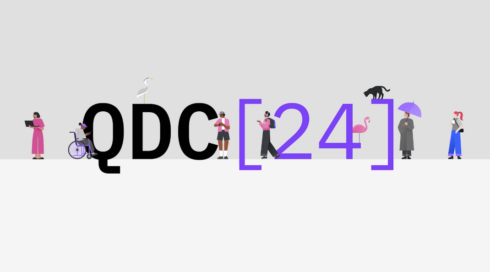
IBM has made significant progress on the quantum computing front in the past year. At its first ever IBM Quantum Developer Conference, the company revealed that its quantum stack Qiskit can “execute certain mirrored kicked Ising quantum circuits of up to 5,000 gates” on the quantum processor IBM Quantum Heron.
This is almost double the number of gates that could be run when the company ran the same demo last year. Additionally, last year’s experiment took 112 hours per data point to process, and this year it only took 2.2 hours with the same data points, which is 50x faster.
This also delivers on IBM’s challenge it set for the quantum community back in 2022: to develop quantum algorithms that incorporate circuits with 100 circuits and gate depths of 100.
“Developing quantum routines with 5,000+ gates gives users the opportunity to perform real scientific discovery with quantum computers, and to push forward in the search for quantum advantage,” Jay Gambetta, vice president of IBM Quantum, and Ryan Mandelbaum, editor in chief of IBM Quantum, wrote in a blog post.
Beyond these advances, IBM also highlighted several tools recently added to its Qiskit portfolio, including:
- Qiskit Transpiler Service, which uses AI to optimize quantum circuits on quantum hardware
- Qiskit Code Assistant, which allows developers to use IBM Granite models to generate quantum code
- Qiskit Serverless, which allows quantum approaches to be run across both quantum and classical systems
- IBM Qiskit Functions, which provides access to services from IBM, Algorithmiq, Qedma, QunaSys, Q-CTRL, and Multiverse Computing, such as a tensor error network mitigation algorithm and ways to abstract quantum circuit complexity.
“Advances across our hardware and Qiskit are enabling our users to build new algorithms in which advanced quantum and classical supercomputing resources can be knit together to combine their respective strengths,” said Gambetta. “As we advance on our roadmap towards error-corrected quantum systems, the algorithms discovered today across industries will be key to realizing the potential to solve new problems realized through the convergence of QPUs, CPUs, and GPUs.”








